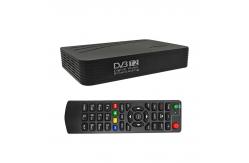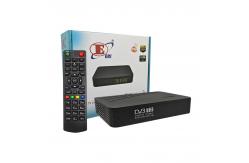CAS Supported DVB T2 H265 Receiver H265 Hevc
|
|
Can Be Customized To User Preferences CAS Supported Dvb T2 / C H265 Hevc
Dvb T2 / C H265 Hevc Description:
DVB-T2 uses OFDM modulation, with a large number of subcarriers delivering a robust signal.
Also like DVB-T, DVB-T2 offers a range of different modes, making it a very flexible standard.
To perform error correction, DVB-T2 uses the same coding that was selected for DVB-S2.
The combination of low density parity check (LDPC) coding and Bose-Chaudhuri-Hocquengham (BCH)
coding delivers excellent performance in an environment with high noise levels and interference, yielding a very robust signal.
Key performance features of Dvb T2 / C H265 Hevc:
At least 30 to 50 % higher transmission capacity and improved SFN performance as compared to DVB-T
Extensive re-use of DVB-T infrastructure
Reduction of peak-to-average power ratio and therefore of operating costs at the transmitter end
Enhancements provided by Dvb T2 / C H265 Hevc:
Efficient error protection by means of LDPC coding
Transfer and integration of the DVB-S2 baseband frame concept
Q-delayed rotated constellations
Dvb T2 / C H265 Hevc Specification:
Boot-up Logo, Radio Image 7-day EPG with Synopsis and Rolling Event MPEG-2/MPEG-4/H.264/H.265 Decoded PAL: 576i/576p/720p/1080i/1080P NTSC: 480i/480p/720p/1080i/1080P
Application With Dvb T2 / C H265 Hevc:
- Cable TV Operator
- Pay TV Operator
Dvb T2 / C H265 Hevc Features:
Dvb T2 / C H265 Hevc Advantages:
FAQ:
1. What are the different types of set top boxes?
A set top box (STB), also colloquially known as a cable box or receiver and historically television decoder, is an information appliance device that generally contains a TV tuner input and displays output to a television set and an external source of signal, turning the source signal into content in a form that can then be displayed on the television screen or other display device. They are used in cable television, satellite television, and over-the-air television systems as well as other uses.
2. How do I connect a set-top box to my TV?
Make sure that your TV is turned off before connecting the set-top box. Identify the type of cables needed to connect the set-top box to the TV. Set-top boxes usually come with an HDMI cable, but some may have RCA cables or a coaxial cable. Connect one end of the HDMI/RCA/coaxial cable to the output port of the set-top box. Connect the other end of the HDMI/RCA/coaxial cable to the corresponding input port on your TV. Turn on the TV and set-top box. Using your TV remote, select the correct input source that corresponds to the set-top box. Follow the on-screen instructions to complete the set-up process. If the set-top box requires an internet connection, connect one end of an Ethernet cable to the set-top box and the other end to your router. Alternatively, you can connect the set-top box to Wi-Fi by following the instructions on the on-screen menu. Check if the set-top box is working properly by changing channels or selecting a streaming service. |
||||||
| Product Tags: CAS Supported DVB T2 H265 Receiver 44.1KHz DVB T2 H265 Receiver receiver h 265 hevc |
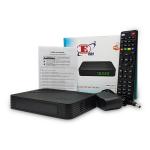
|
Teletext 1 Usb Port Dvb T2 H265 Receiver Flexible |
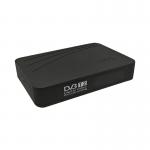
|
Hevc Hd Dvb T2 Receiver With Hdmi Port 1 No Ethernet Port |
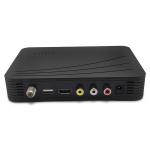
|
AV Port Remote Control Dvb T2 H265 Receiver Digital Video Standard |
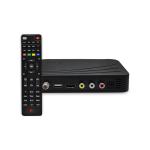
|
Multi Language Osd Digital Dvb T2 Receiver Remote Control |
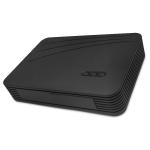
|
Software Customization Dvb T2 H265 Receiver With 1 Av Port 1 Usb Port 1 Rf Input |
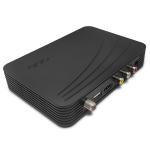
|
High Definition DVB T2 H265 Receiver |

